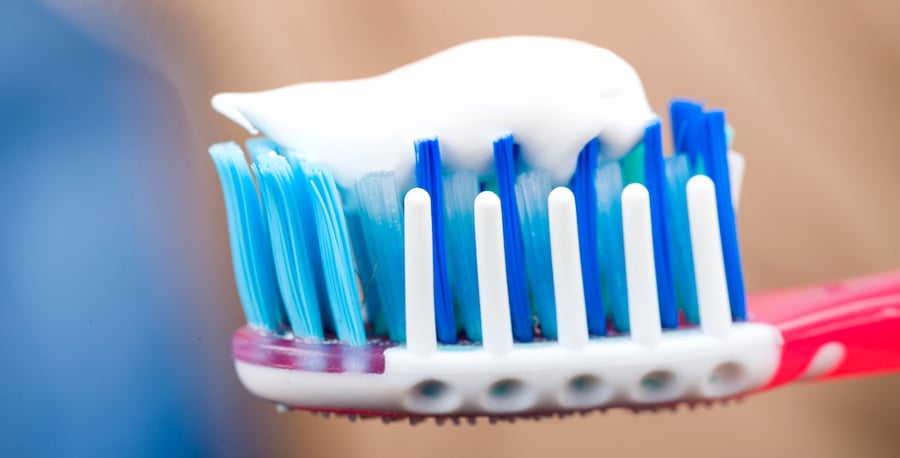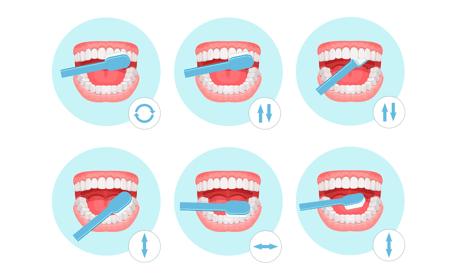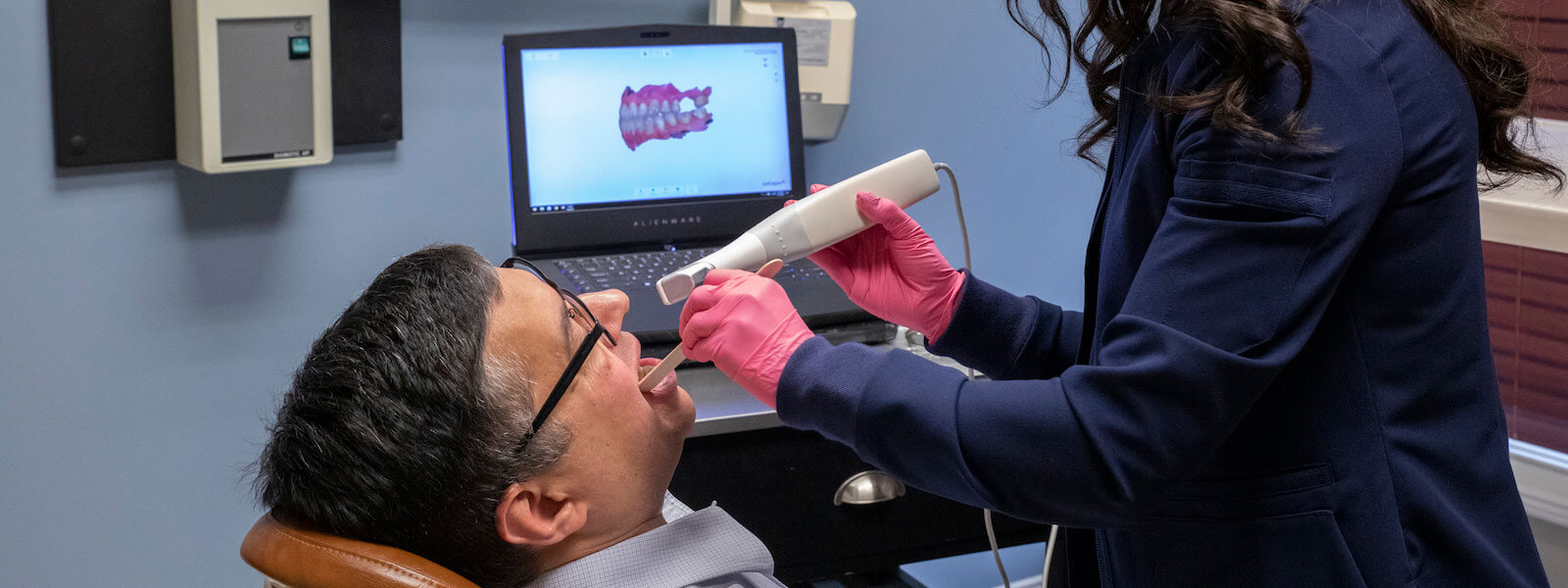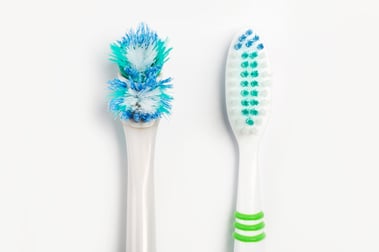It's common knowledge: regularly brushing your teeth is one of the best things you can do for your oral health. When you brush your teeth, the bristles remove cavity-causing plaque that builds up on the surface of your teeth (also known as enamel) throughout the day and night.
Because brushing is such a crucial aspect of your dental health routine, it's important to make sure you're getting the best out of each session. Here are the 7 best practices for brushing your teeth that you should know:

1. Brush at Least 2 Times a Day
If you're like many Americans, the hectic pace of your everyday life may have gotten you into the habit of brushing your teeth just once a day. However, it's recommended that you brush your teeth twice a day — once in the morning and once at night.
If you're having trouble remembering to squeeze in those two tooth-brushing sessions, try putting a post-it note reminder on your bathroom mirror. This way you'll have a visual cue whenever you go to wash your hands or face.
2. Brush for the Right Length of Time
Studies have shown that people are able to remove far more plaque over the course of two minutes of brushing versus one minute. But according to the American Dental Association, the average person only brushes for around 45 seconds at a time. Get the most out of each brushing session by ensuring you go for a full two minutes. If you're not sure what that feels like, use the stopwatch on your phone to make sure you hit the mark.
3. Keep your Toothbrush Fresh
To efficiently remove plaque from the surface of your teeth, your toothbrush needs to have fresh bristles. Because bristles only stand up to about 3-4 months of daily brushing before becoming frayed and worn down, you should prepare to have a new toothbrush purchased (or a new head for your electric toothbrush) within that time frame.
In addition, it's a good idea to replace your toothbrush after you've been ill, as bacteria can sometimes remain on the brush.
4. Use the Right Technique
With the right technique, you can maximize the efficiency of each brushing session — and prevent any accidental damage. According to the American Dental Association, the perfect tooth-brushing routine goes like this:
 Hold the toothbrush at a 45-degree angle to your teeth
Hold the toothbrush at a 45-degree angle to your teeth- Use short strokes to move the brush back and forth
- Cover every angle: outer, inner, chewing surfaces, and tongue
- Brush the inside surface of your front teeth by turning the brush so it's vertical and move it up and down
Though it may be tempting to scrub as hard as you can, using excessive pressure when brushing can actually cause damage to your gums. So, use gentle pressure and allow the tips of your toothbrush bristle to do all the work.
5. A Soft Bristle is Ideal
Speaking of extra pressure on your teeth and gums, you can protect yourself from causing damage by choosing the right toothbrush for your needs. For most people, a soft-bristled brush is preferable to a medium or hard bristle. If you use the correct technique, the tips of the bristles are more than sufficient to clean the surface of your teeth — without wearing away enamel or contributing to receding gums.
6. Use the Right Toothpaste
Keep your teeth at their healthiest by using a toothpaste with fluoride — preferably one that's scored the seal of approval from the American Dental Association (ADA). Fluoride is a safe ingredient that helps support the strength of your teeth's enamel. With stronger enamel, your teeth are better able to fight off plaque.
7. Brush at the Right Time
It's a natural impulse to want to brush your teeth immediately after a meal, but it's actually not the best idea for your dental health. Sugary foods contain acids that weaken your teeth's enamel. So when you brush immediately after eating or drinking something sugary, then the act of brushing combined with the vulnerable enamel can result in damage to the tooth's surface. Keep your teeth safe by waiting an hour after eating to brush.
While following best brushing practices is one of the best things you can do to keep your teeth healthy and strong, there are plenty of other ways to protect your oral health. For example, it's important to floss at least once daily to remove plaque and food particles from between your teeth. And you'll definitely want to see a dentist regularly to keep your smile healthy.
Want to learn more? Feel free to reach out to us at North Shore Smile Surgery today.




